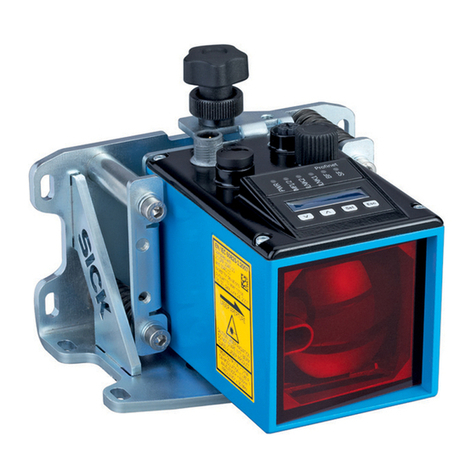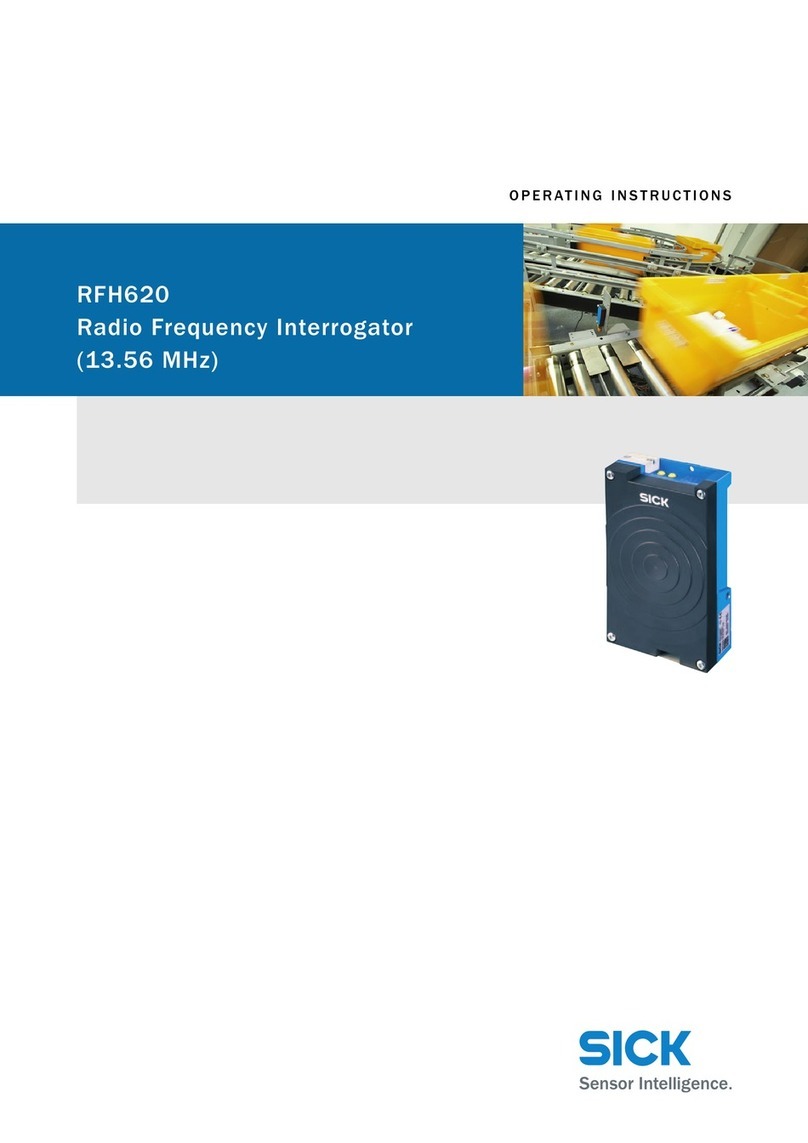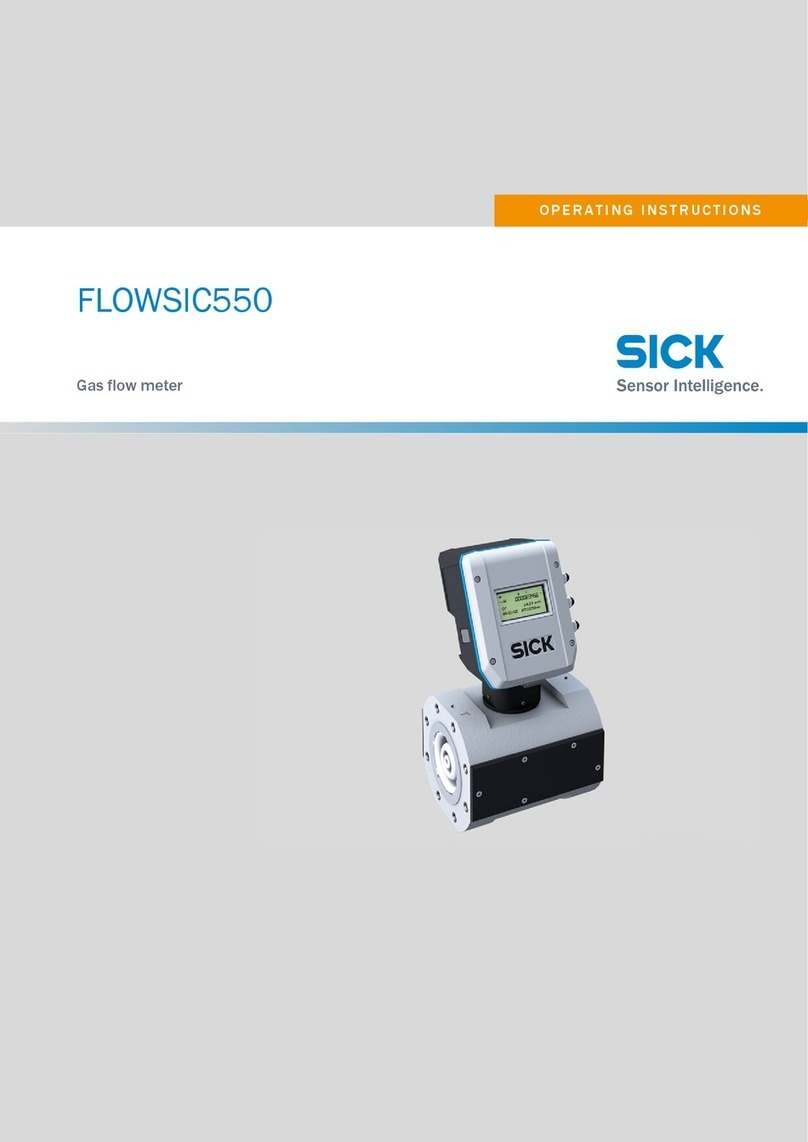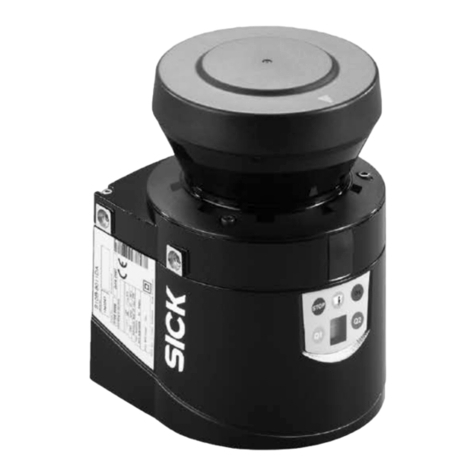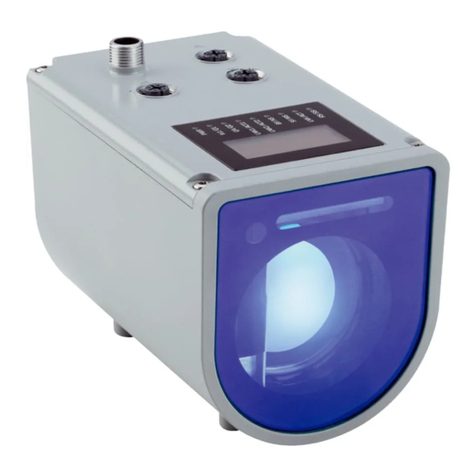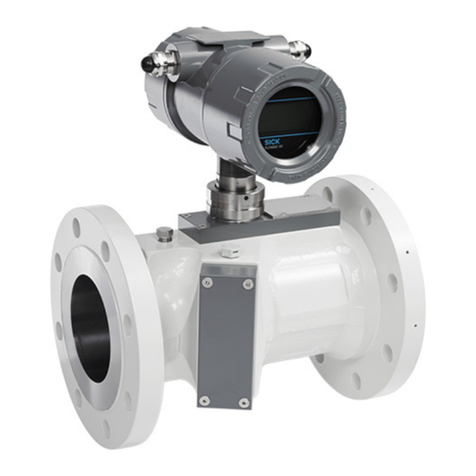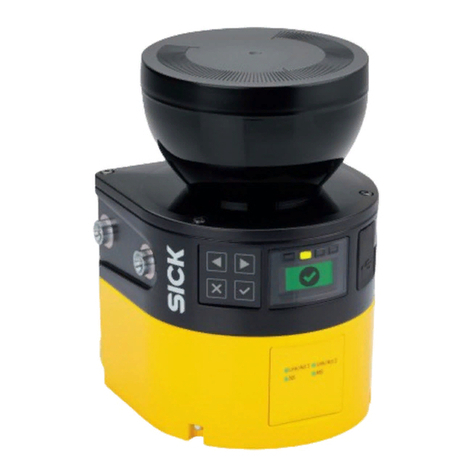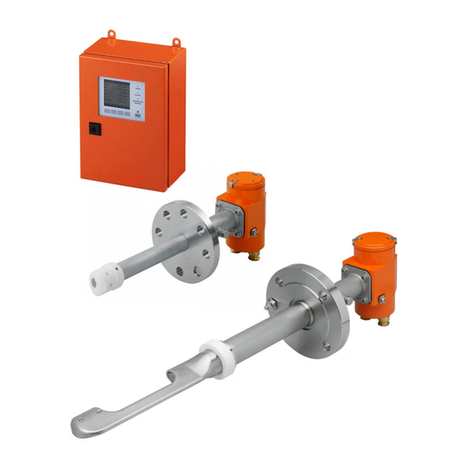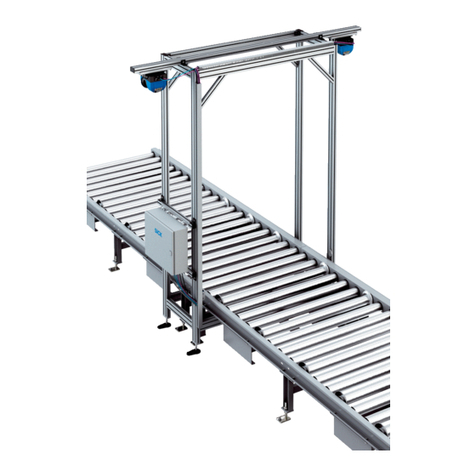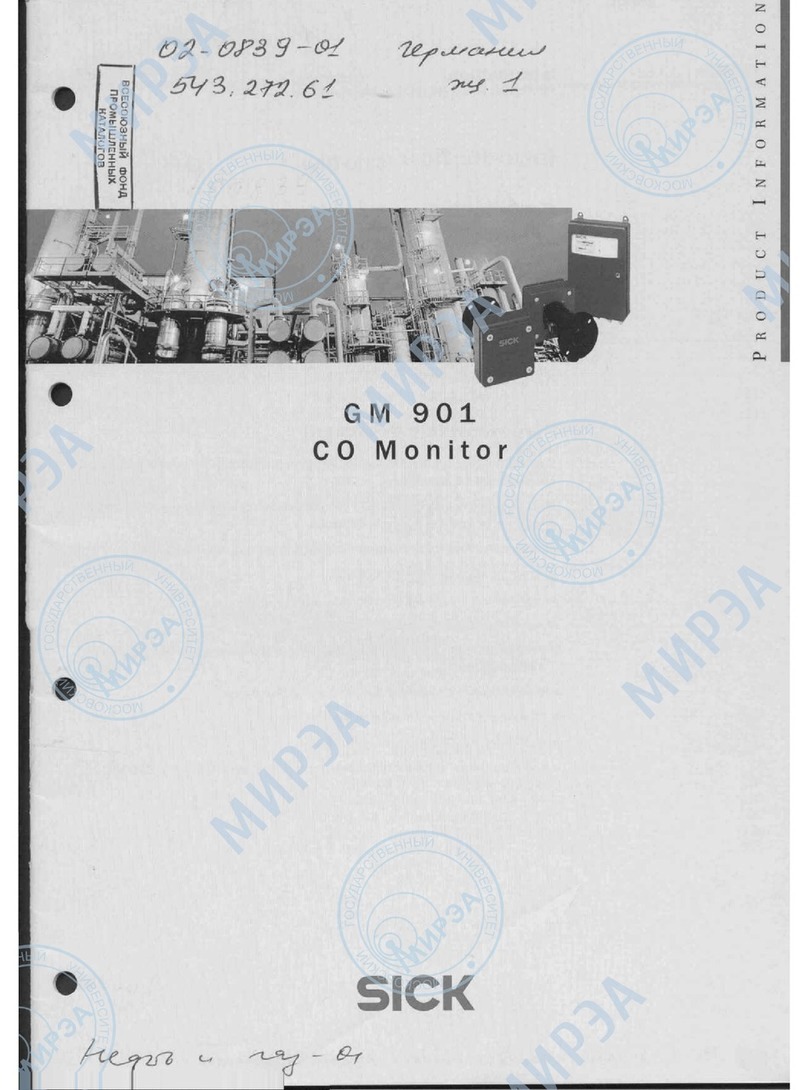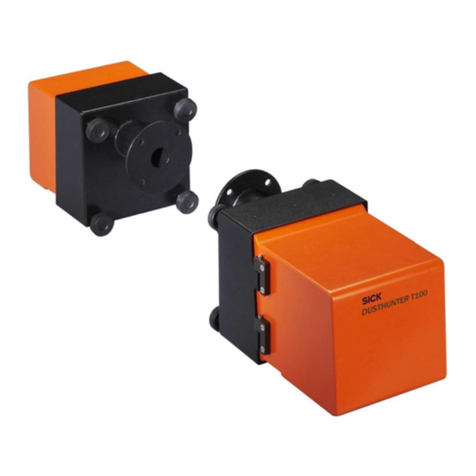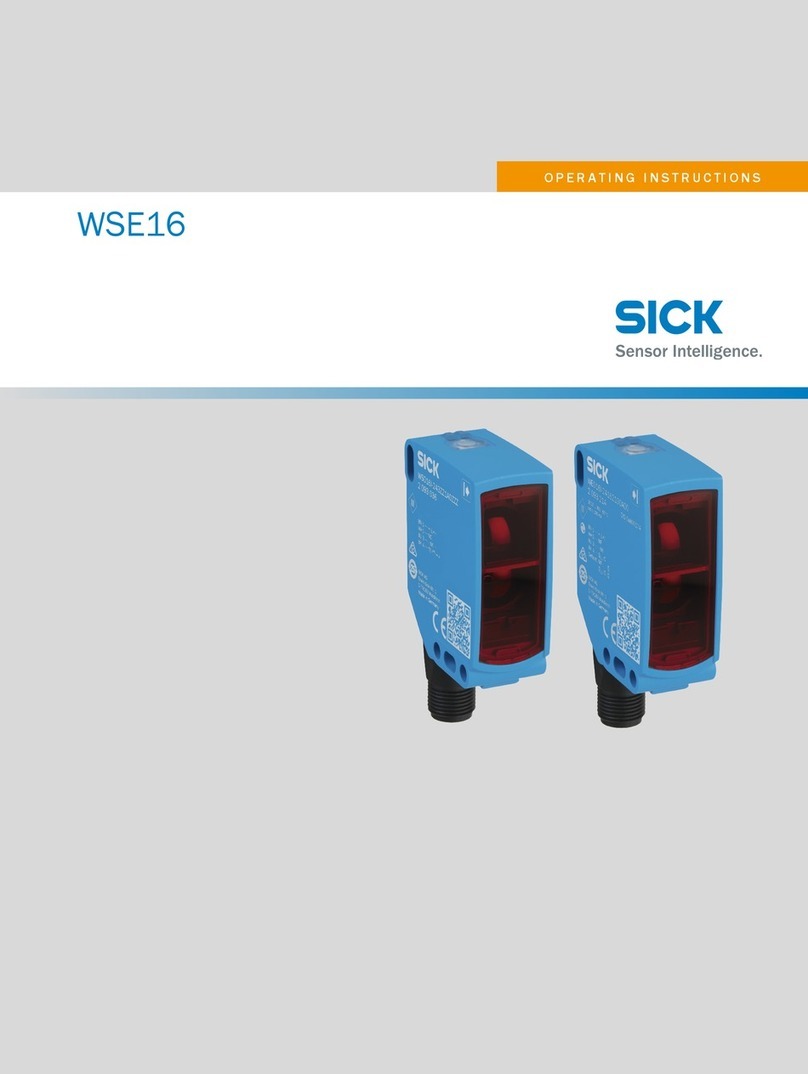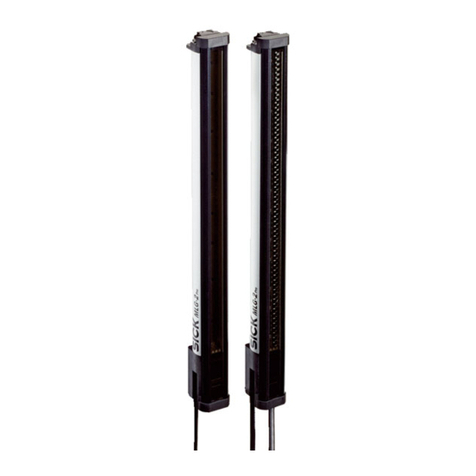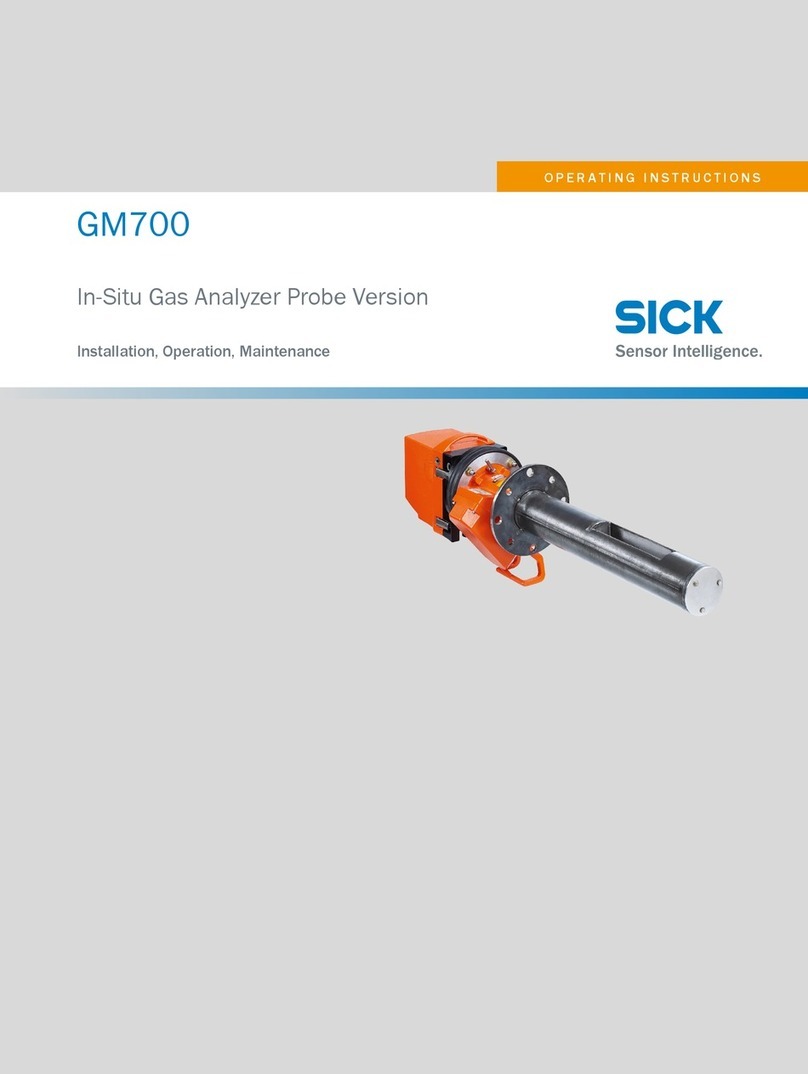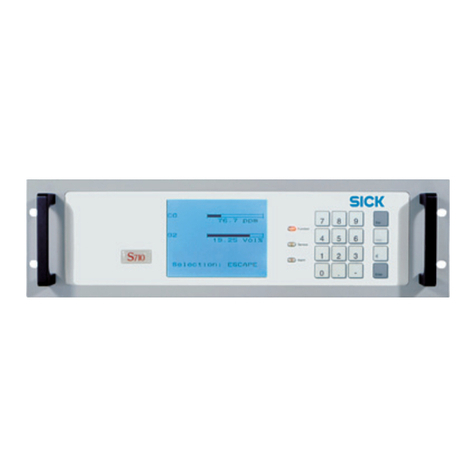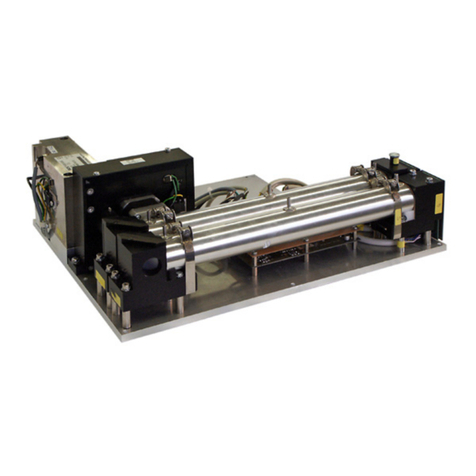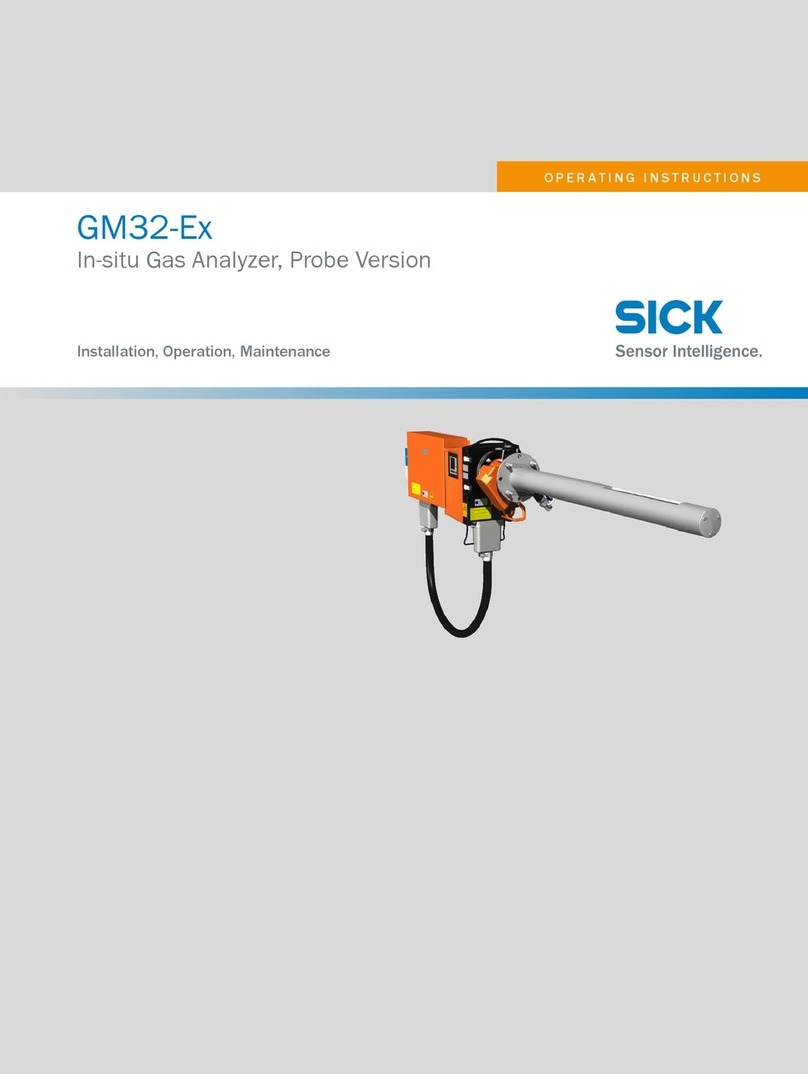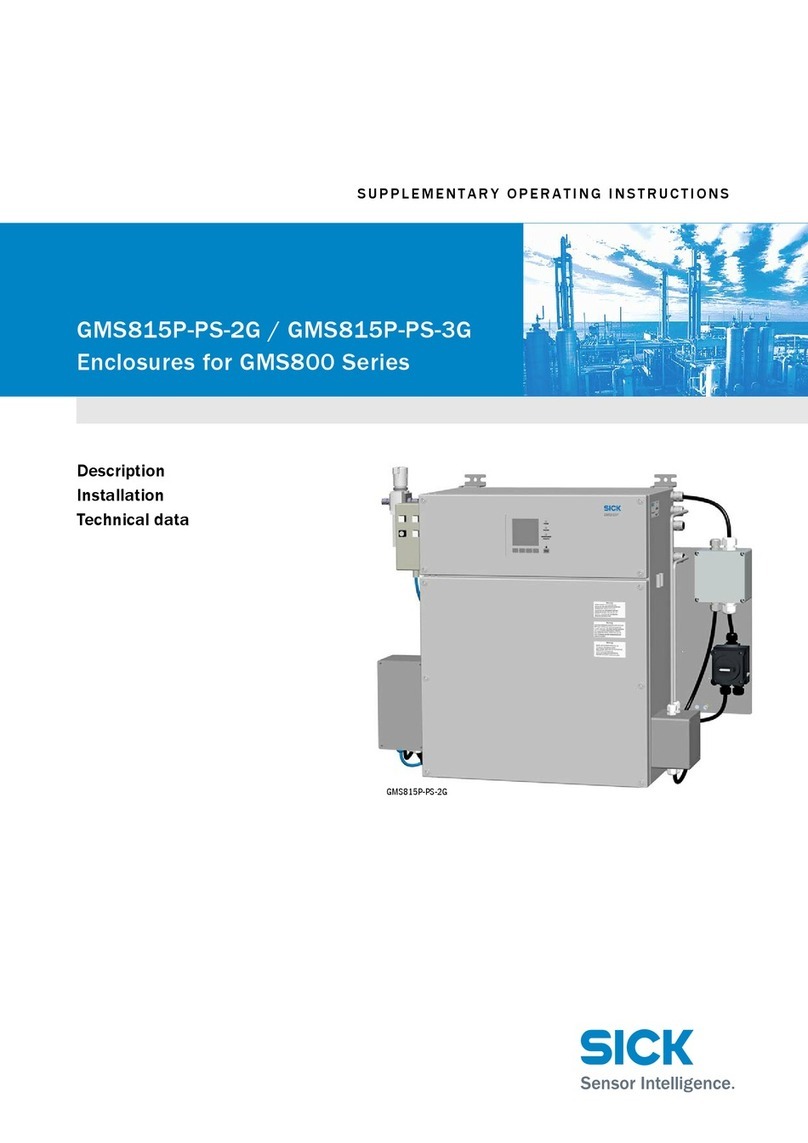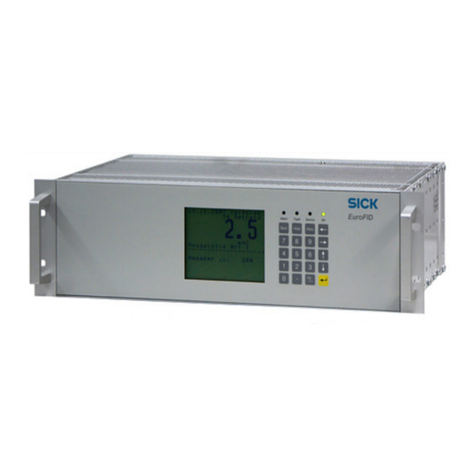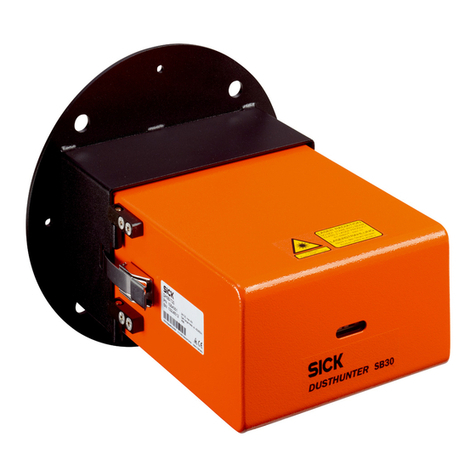
Contents
1 About this document........................................................................ 5
1.1 Purpose of this document........................................................................ 5
1.2 Scope......................................................................................................... 5
1.3 Target groups of these operating instructions........................................ 5
1.4 Additional information.............................................................................. 5
1.5 Symbols and document conventions...................................................... 6
2 Safety information............................................................................ 7
2.1 General safety notes................................................................................ 7
2.2 Intended use............................................................................................. 7
2.3 Requirements for the qualification of personnel.................................... 8
3 Product description........................................................................... 9
3.1 General description.................................................................................. 9
3.2 Control elements and status indicators.................................................. 10
3.3 Function of the Standstill Monitor .......................................................... 11
3.4 External device monitoring (EDM)........................................................... 12
4 Project planning................................................................................ 13
4.1 Manufacturer of the machine.................................................................. 13
4.2 Operating entity of the machine.............................................................. 13
4.3 Integrating the equipment into the electrical control............................. 13
4.3.1 External device monitoring (EDM).......................................... 13
4.3.2 Operation with DC motors....................................................... 13
4.3.3 Operation with electronic motor controllers........................... 14
4.3.4 Motors with switched windings............................................... 14
4.3.5 Connection diagrams.............................................................. 15
4.4 Testing plan............................................................................................... 17
4.4.1 Planning the thorough check during commissioning and in
certain situations..................................................................... 17
4.4.2 Planning the regular thorough check..................................... 18
5 Mounting............................................................................................. 19
5.1 Mounting the Standstill Monitor.............................................................. 19
5.2 Removing the Standstill Monitor............................................................. 19
5.3 Plug-in terminal blocks............................................................................. 19
5.4 Removing the pluggable terminal blocks................................................ 20
6 Electrical installation........................................................................ 21
6.1 Device connection.................................................................................... 21
6.1.1 Internal circuitry....................................................................... 23
7 Commissioning.................................................................................. 24
7.1 General acceptance ................................................................................ 24
7.2 Commissioning......................................................................................... 24
CONTENTS
8027992/1CUN/2022-11-14 | SICK O P E R A T I N G I N S T R U C T I O N S | MOC3ZA 3
Subject to change without notice
